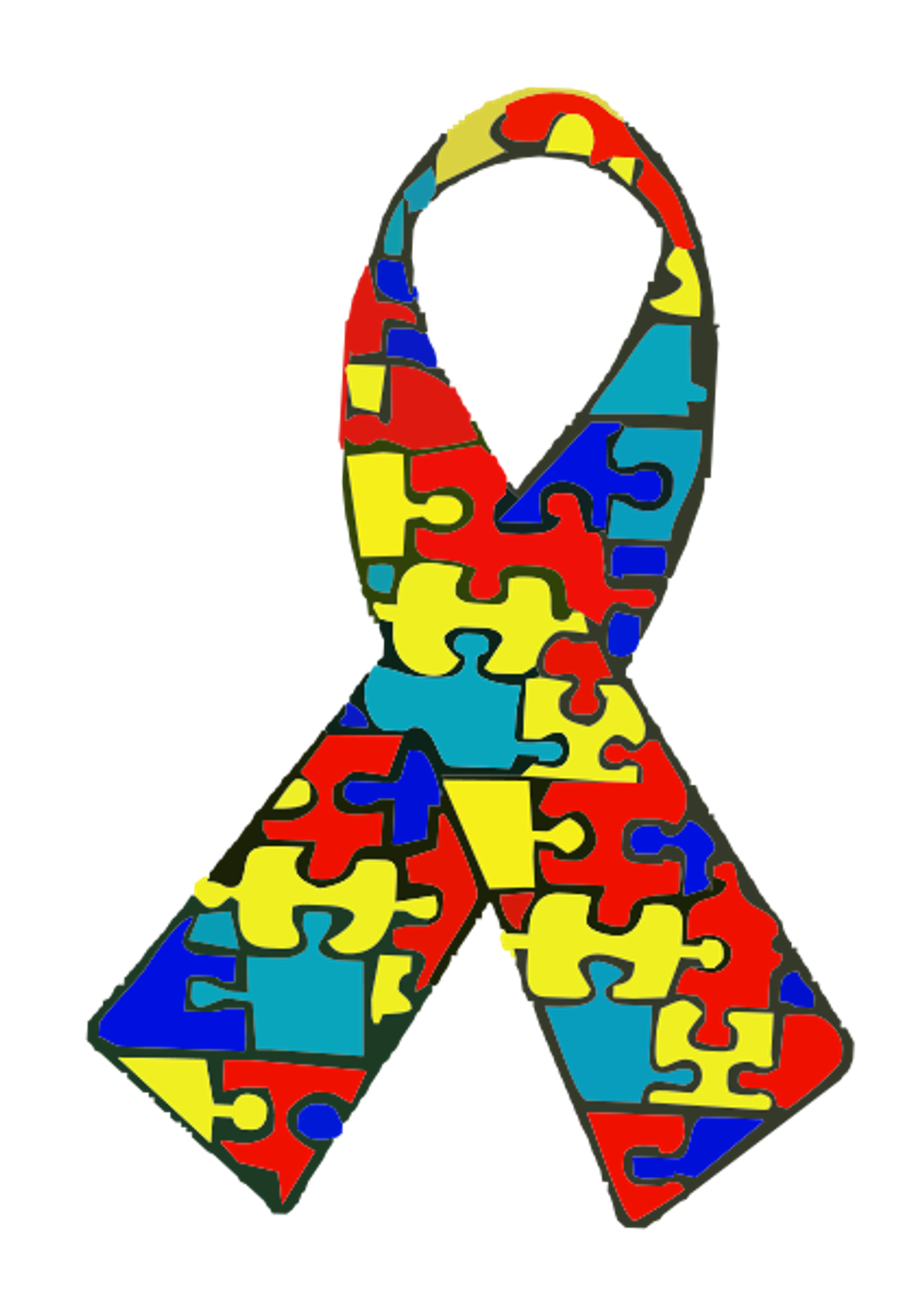California Poultry Giant To Shift Away From Using Antibiotics In Its Poultry
By Geoffrey Mohan, Los Angeles Times (TNS)
California poultry giant Foster Farms has joined the flock of meat companies eschewing the use of antibiotics, pledging to eliminate all those used to combat infection in humans.
The company’s promise comes ahead of Tuesday’s White House forum on the use of antibiotics, and amid rising concern that use of the drugs to raise livestock has aided the proliferation of resistant strains of bacteria among humans.
More than 2 million people in the U.S. are infected with such strains annually, and at least 23,000 die as a result, according to the Centers for Disease Control and Prevention.
“Our company is committed to responsible growing practices that help preserve the effectiveness of antibiotics for human health and medicine,” Foster Farms Chief Executive and President Ron Foster said.
Although over-prescription of antibiotics to humans has been a long-term driver of drug-resistant strains, antibiotic use for animals also has been linked to resistant strains of salmonella and campylobacter.
Foster Farms introduced two new antibiotic-free product lines in April: Certified Organic and Simply Raised.
The company has eliminated all antibiotics that the U.S. Agriculture Department and the Food and Drug Administration deem critical to human medicine, said company spokesman Ira Brill.
“We have a long-term goal of fully eliminating all antibiotics that are used in the practice of human medicine,” he said.
Brill said he could not offer a timeline for a complete elimination of antibiotics that also are prescribed to humans. “I don’t think we can put a date on that except to say that we are aggressively working towards that goal,” he said.
The company is researching alternative practices to improve overall flock health, Brill said. “As you continue to improve bird health, then your need for antibiotics declines,” he said.
ConAgra to pay $11.2 million to settle salmonella criminal case
Foster’s change of heart about antibiotics follows shifts away from use of human antibiotics by fellow poultry giant Perdue, as well as retail food chains McDonald’s, Chick-fil-A, Chipotle and Panera, among others.
The CEO of Sanderson Farms, however, told the Wall Street Journal recently that he has no plans to move away from antibiotics.
Consumer pressure for antibiotics-free meat has intensified over the last several years. Sales of organic beef, pork, poultry and fish increased 11 percent from 2012 to 2013, to $675 million, according to the Natural Resources Defense Council, an environmental group pushing to limit use of the drugs.
Jonathan Kaplan, director of the group’s food and agriculture program, credited Foster Farms for being “on track and heading in the right direction.”
But the company’s announcement “is not quite as robust as what Perdue has already accomplished or what Tyson has pledged to do,” Kaplan said. “They still have committed to moving away from the medically important antibiotics, and that’s the main concern.”
About a third of the broiler chickens produced now are raised with tight restrictions on antibiotic use, according to the Natural Resources Defense Council.
“We definitely feel like we are hitting a tipping point for antibiotic stewardship in the poultry industry,” Kaplan said. “This is more than a microtrend. This is a tsunami.”
Foster Farms, which employs about 12,000 people nationally and has sales of $2.7 billion, is based in Livingston, Calif., about 65 miles east of San Jose, and operates five production facilities in the state as well as numerous ranches.
The company has battled back from a 2013 outbreak of salmonella that sickened hundreds of people in 2013, as well as a more recent cockroach infestation and rash of food safety citations at its Livingston plant.
Since then, it has revamped its food safety procedures. Measured salmonella prevalence on poultry at Foster facilities is now well below USDA and industrywide standards, Brill said.
“If you look back on the food safety issues, that was an area where we probably satisfied ourselves with being average — and we realized you cannot lead in a lot of areas if you don’t lead in all areas,” Brill said. “Right now, consumers can look at Foster Farms as about the safest chickens you can buy.”
Photo: No more drugs in your food? Major win. Creativity103 via Flickr















